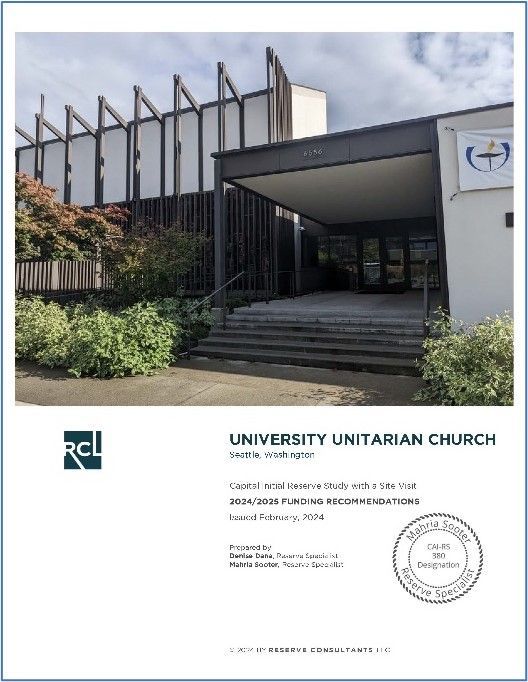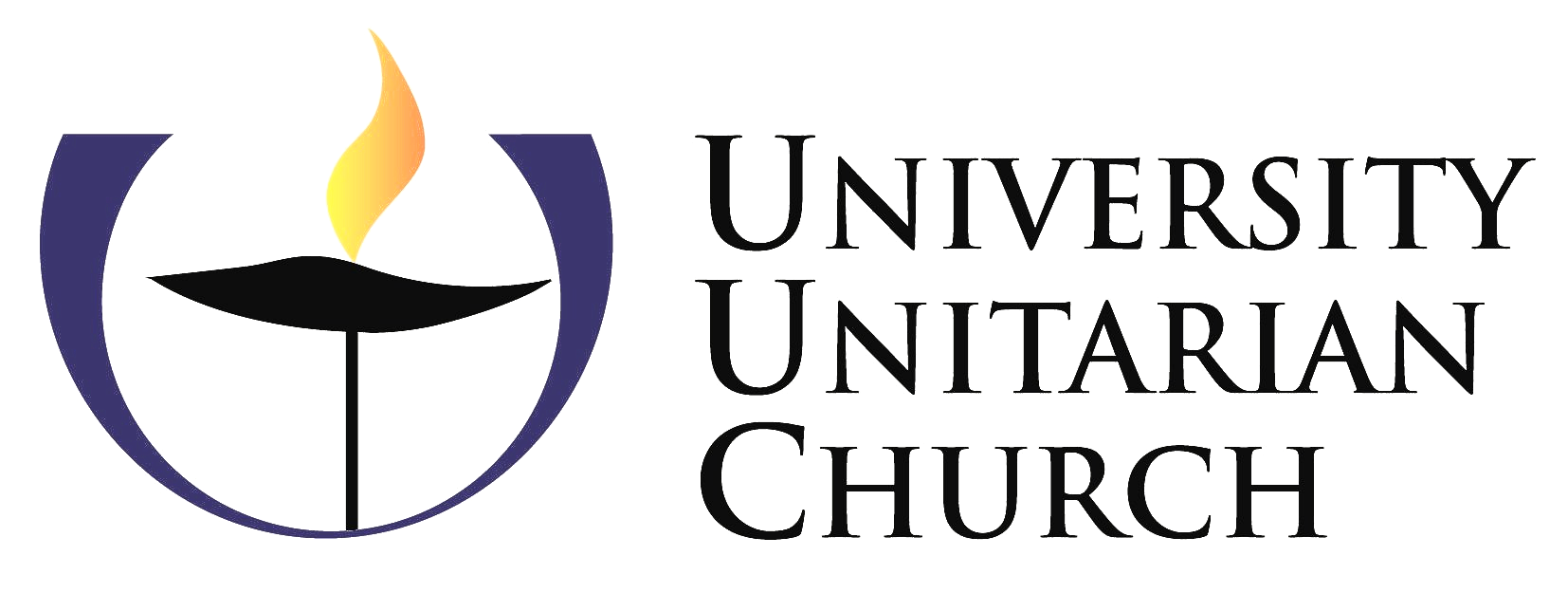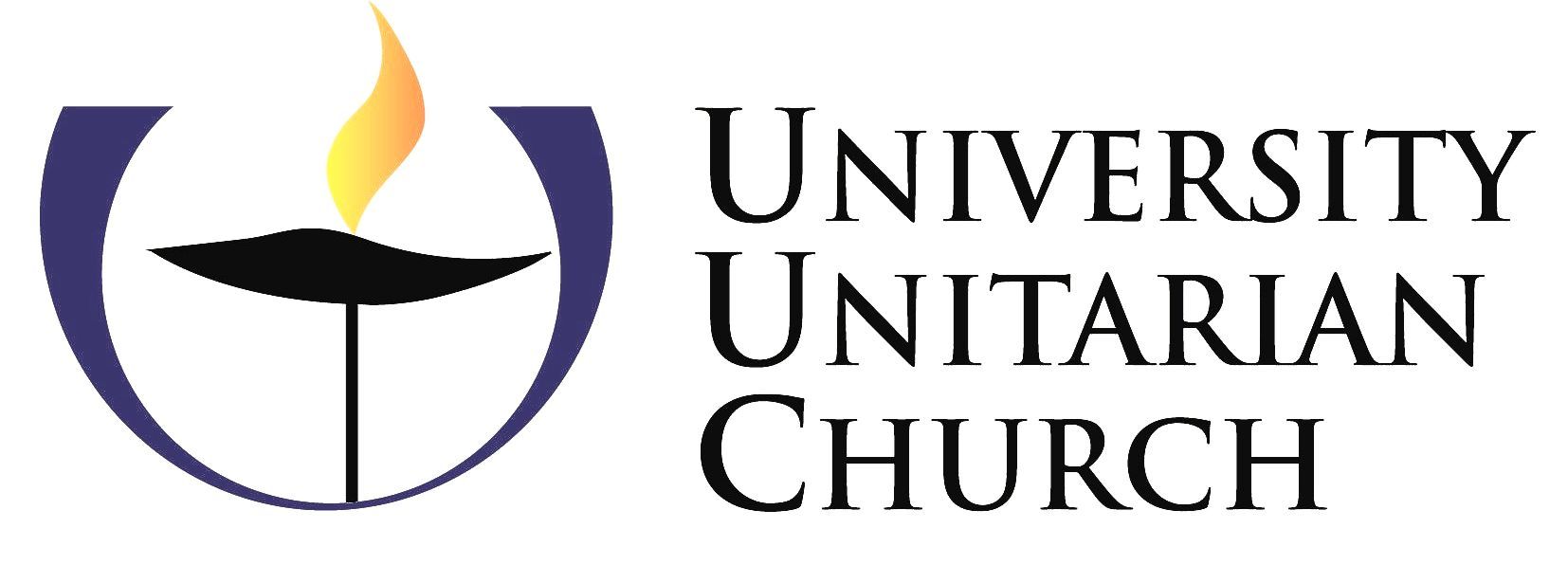From Byron Krystad, UUC Director of Operations
I’d like to extend a personal thank you to everyone who has participated over the last eight years in the efforts to raise funds for UUC’s new building and the retirement of the line of credit used to pay for that construction. It is a remarkable accomplishment to have a new building and no long-term debt. It is thanks to the generosity of all its members and friends that UUC has arrived at this milestone in 2024. Congratulations!
Contributions to these efforts were so generous, in fact, that gifts coming in above and beyond what was needed to retire the debt are being directed toward rebuilding the church’s capital reserves. What are those, you might ask? Capital reserves are funds restricted by donors or designated by the Board of Trustees to be used only for the repair or replacement of components of the church building. These funds are separate from the unrestricted operating funds that are used every year for maintaining components of the church building (e.g. replacing filters on the ventilation system, renewing licenses for software used on church computers, inspecting the elevator for proper and safe operation). Capital reserves are the funds used every year for repairing or replacing components as they age (e.g. for replacing a heat pump after it reaches the end of its operating life, painting the exterior of the building after the useful years of an earlier paint job have passed, replacing rolled flooring materials after they have worn down from years of wear).
Capital reserves are the funds you have on hand that allow you to respond to the predictable wear and tear on the components of a building over its decades of use so you can continue enjoying it at its full capacities for decades to come. Having those funds allows you to respond proactively to your building's needs or quickly to unexpected events or emergencies. If you don’t have capital reserves, you end up with deferred maintenance, and deferred maintenance ultimately leads to an unusable building. This is what happened to a good portion of the old church building: it experienced decades of wear but there were insufficient funds to meet its need for renewal. Patchwork and bandages were used to keep the building functioning at a basic level (and at unseen operating costs), but in the end, as we experienced, it all needed to be scrapped and rebuilt.
The congregation will be talking in the year to come about developing the reserves required to meet the regular need for renewal of the church building. The first and most important step in that process was just completed. The church commissioned an initial Capital Reserves Study with Reserve Consultants LLC to lay out a) the systems and components of the church building to be addressed, b) the maintenance and replacement intervals typical for those components in commercial buildings, and c) the typical costs of that maintenance and replacement that the church could reasonably expect to incur at those intervals. Combined, these give us a 30-year picture of the needs of the building we have created and the costs of meeting those needs. It also provides a recommended funding plan – how much needs to be raised in capital reserve campaigns and at what frequency – to develop enough resources to meet those needs on time and even ahead of schedule in the case of early failure of a system. The inventory of systems is thorough, the current age of systems is accounted for, and the data used to create this plan is sound. The Capital Reserve Study will be a key tool in our conversations about being the most responsible stewards of this important building as we can be.
Supporting this work is going to involve many people. It will require a Capital Study Implementation Team comprised of church members and facilities staff to repair and replace systems. It will ask that team to work in partnership with the Board of Trustees and the Stewardship Team to align fundraising goals with the plan. It will require the congregation to adopt more regular capital fund campaigns over thirty years, rather than a single massive – and much more expensive! – capital campaign at the end of 30 years. It will open new opportunities in planned giving to build endowment support for making investment returns available to capital reserves. There will be few parts of the life of the church that an awareness of the capital reserve study and its implementation won’t touch.
If you would like more information about the building, the Capital Reserve Study, or the Capital Study Implementation Team, please give me a call (206-454-7723) or send an email (byron.krystad@uuchurch.org). I’m looking forward to working with everyone to make this new era of care and stewardship of our church home a tremendous success.

Posted/updated on:

